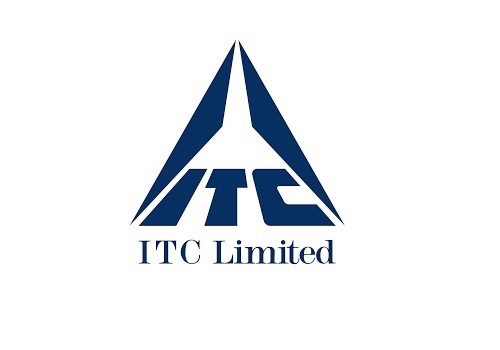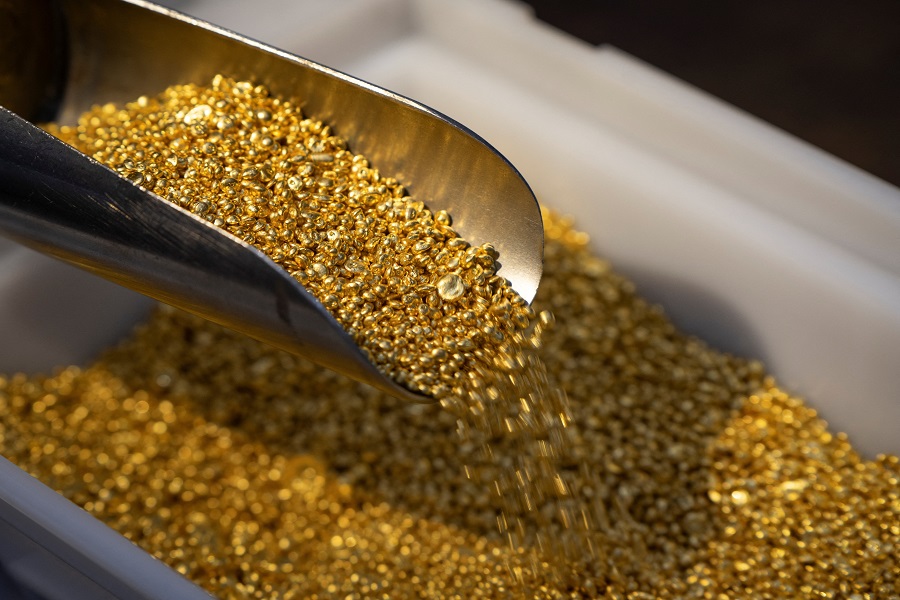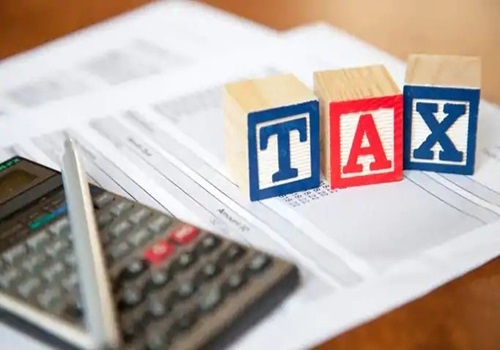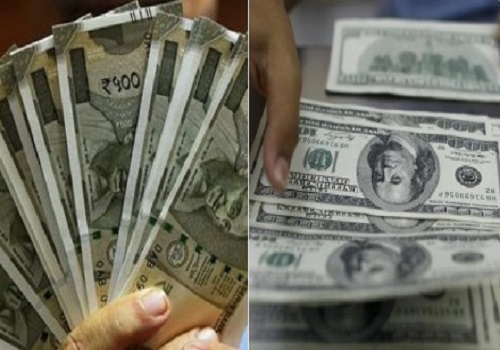Asia shares join global rally after Ukraine-Russia talks
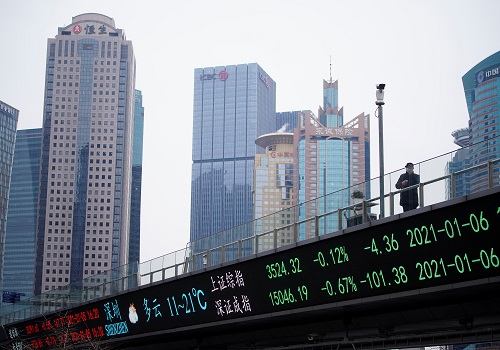
HONG KONG - Asia shares joined a global rally on Wednesday as hopes rose for a negotiated end to the Ukraine conflict, while bond markets signaled concern overnight that aggressive rate hikes could damage the U.S. economy after 10-year yields briefly dipped below two year rates.
MSCI's broadest index of Asia-Pacific shares outside Japan rose 1%, and touched its highest level since March 4, with most Asian stock markets in positive territory.
Japan's Nikkei bucked the trend however, falling 1%, as observers pointed to profit taking heading into the end of the fiscal year. The benchmark hit a two-month closing high on Tuesday.
Ukraine, on Tuesday, proposed adopting a neutral status in a sign of progress at face-to-face negotiations, though on the ground, reports of attacks continued, and Ukraine reacted with skepticism to Russia's promise in negotiations to scale down military operations around Kyiv.
Nonetheless, the news helped the Dow Jones Industrial Average and S&P 500 notch their fourth straight session of gains overnight, after European shares had rallied sharply.
U.S. S&P 500 futures were little changed in Asia trade.
"On the one hand there has been more positive news regarding Ukraine, and the market is hopeful of a peace deal at some point, which is resulting in a bit of a 'risk-on' event, with shares up and bond yields trending higher," said Shane Oliver chief economist and head of investment strategy at AMP Capital.
"But then it's back to worrying about inflation and bond yields, and there's this debate about whether we're going to see a recession in the U.S. because of the inversion of part of the U.S. yield curve."
The widely tracked U.S. 2-year/10-year Treasury yield curve briefly inverted on Tuesday for the first time since September 2019, as bond investors bet that aggressive tightening by the Federal Reserve could hurt the U.S. economy over the longer term.
Longer-dated yields falling below shorter ones indicate a lack of faith in future growth, and 10-year yields falling beneath 2-year rates is widely seen as a harbinger of recession.
On the other hand, the spread between the yield on 3-month Treasury bills and 10-year notes this month remained steeper.
"The messages from the yield curve are very confusing," said Oliver.
The benchmark U.S. 10-year yield was last slightly softer at 2.3815 having risen as high as 2.557% on Monday, its highest since April 2019, as traders position themselves for quickfire rate hikes by the U.S. Federal Reserve.
The spread between the U.S. 10-year and 2-year yields was last at 2.7 basis points.
JAPAN IN FOCUS
Rising U.S. yields are also dragging Japanese government bond yields in their wake, a threat to Japan's ultra loose monetary policy.
The Bank of Japan increased its efforts to defend its key yield cap on Wednesday offering to ramp up buying of government bonds across the curve including through unscheduled emergency market operations.
While this apparently underscored its resolve to hold to the policy, some analysts questioned whether the strategy was sustainable.
“I wouldn’t be surprised if the Bank of Japan sets a higher limit for 10 year JBG yields – currently at 0.25%. They can’t afford to be too far behind the curve, because if the yen were to weaken further beyond certain levels it could raise market fears,” said Joël Le Saux fund manager of Eurizon Fund's Sustainable Japan Equity sub fund.
The widening differential between U.S. and Japanese yields have caused the yen to weaken sharply. On Wednesday morning it was at 122.36 per dollar, having staged a little recovery from Monday's low of 124.3, but the dollar was still up 6.9% afainst the yen this month.
Elsewhere in currency markets, the euro was at $1.1104 supported by the prospects of peace in Ukraine, having jumped nearly 1% overnight. [FRX/]
Supply tightness kept oil prices firm despite the hopes over the Russia-Ukraine talks, according to analysts.
Brent crude rose 1% to $111.36 per barrel. U.S. crude rose 0.83% to $105.12. [O/R]
Spot gold rose 0.1% to $1920.6 per ounce. [GOL/]
(Editing by Simon Cameron-Moore)
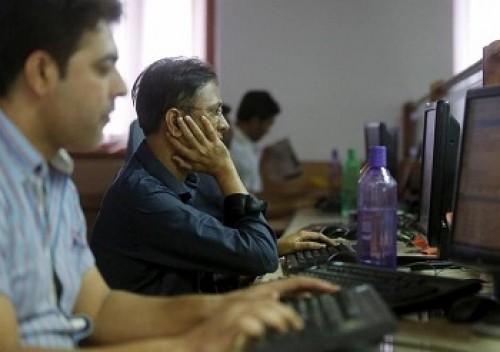




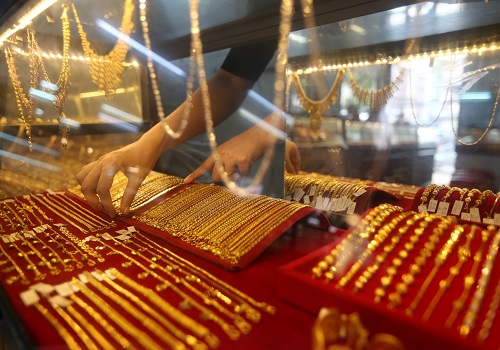

.jpg)

